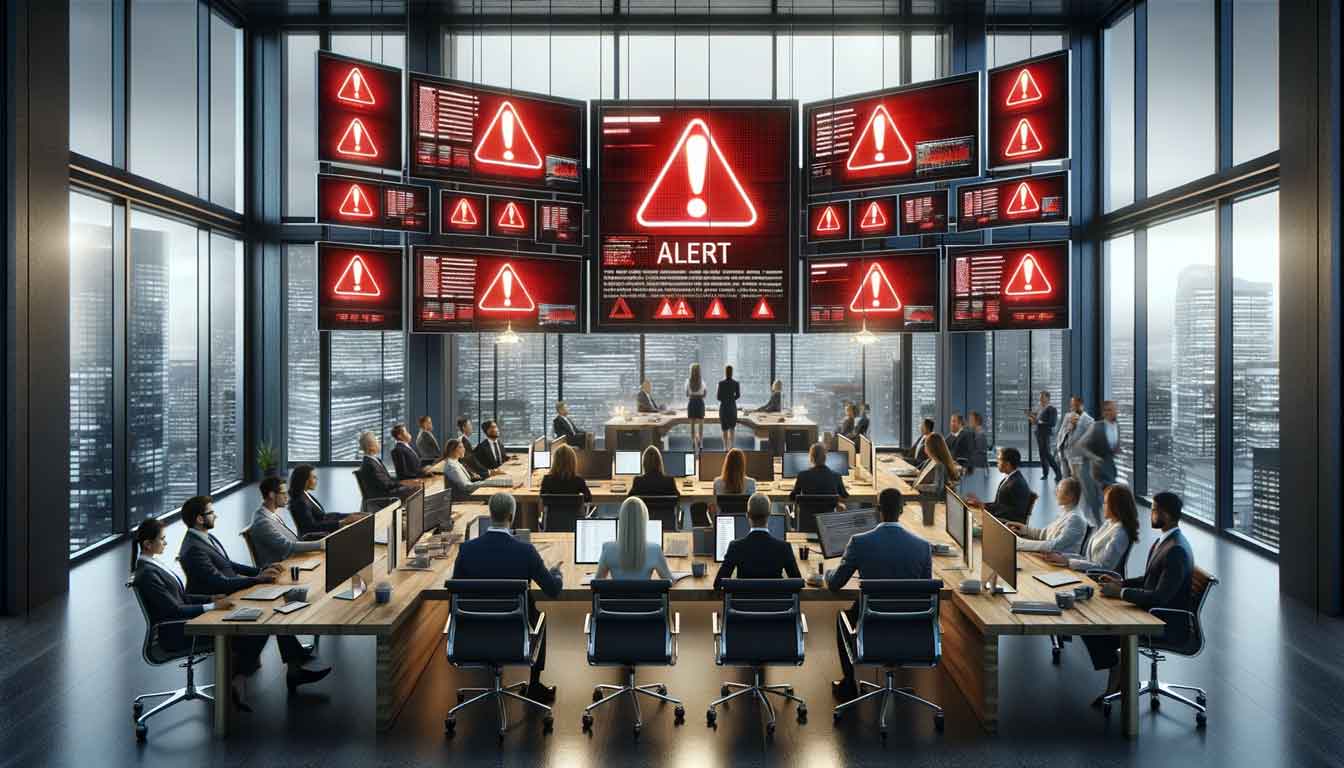Is your organization ready for the unthinkable?
In today’s increasingly complex and unpredictable business landscape, the ability to anticipate and effectively respond to unforeseen challenges is more crucial than ever. The “unthinkable” – those scenarios beyond our usual planning and expectations – can disrupt operations, damage reputations, and even threaten the very survival of an organization. This is where the power of crisis simulation comes into play, offering a proactive approach to prepare for and mitigate the impacts of potential crises.
The value of being prepared
Many organizations have contingency plans in place for various emergencies, from natural disasters to cyberattacks. However, having a plan on paper and executing it effectively under pressure are two very different things.
Crisis simulations provide a unique opportunity to test these plans in a realistic, high-pressure environment without the real-world consequences. They help identify gaps in response strategies, improve team coordination, and enhance decision-making skills, ensuring that when a crisis does strike, your organization is ready to act swiftly and decisively.
How crisis simulations work
Crisis simulations are structured exercises that mimic real-life emergency scenarios relevant to your organization. They can range from tabletop exercises, where teams discuss their response to a given scenario, to full-scale drills that involve the entire organization and external stakeholders. These simulations are designed to be as realistic as possible, often incorporating unexpected developments and “injects” to challenge participants and test the robustness of their response plans.
The process typically involves the following steps:
- Scenario development: Based on a thorough risk assessment, scenarios are crafted to reflect the most significant threats to the organization. These might include technological failures, data breaches, PR disasters, or physical threats to staff and assets.
- Role assignment: Participants are assigned roles according to the organization’s crisis management plan, ensuring that all key functions and decision-making roles are covered.
- Execution: The simulation is conducted, with facilitators introducing new challenges and developments as the scenario unfolds. This tests the adaptability and resilience of the participants and the effectiveness of the crisis management plan.
- Debrief: After the simulation, participants and facilitators review the actions taken, decisions made, and overall response. This debriefing session is crucial for identifying lessons learned, which can then be used to refine the crisis management plan and improve future responses.
The benefits of unleashing resilience
Crisis simulations do more than just test plans; they build resilience. This resilience manifests in several ways:
- Improved preparedness: Teams become familiar with their roles and responsibilities in a crisis, reducing confusion and delays when real incidents occur.
- Enhanced adaptability: By facing unexpected challenges in simulations, organizations learn to adapt quickly to changing situations, a critical skill in today’s fast-paced world.
- Strengthened teamwork: Working through a crisis scenario strengthens the bonds between team members, fosters trust, and improves communication, all of which are vital in an emergency.
- Increased confidence: Successfully navigating a simulated crisis boosts confidence, not just in the organization’s plans and processes, but also in its people.
The question isn’t if your organization will face a crisis, but when.
By integrating crisis simulations into your risk management and preparedness strategies, you can ensure that your organization is not only ready to face the unthinkable but can also emerge stronger and more resilient. Unleashing resilience through crisis simulation isn’t just about surviving the storm; it’s about learning to dance in the rain.
Are you interested a crisis simulation?
For more information about the ACK3 Crisis Simulator Platform™ (CSP) click here:







